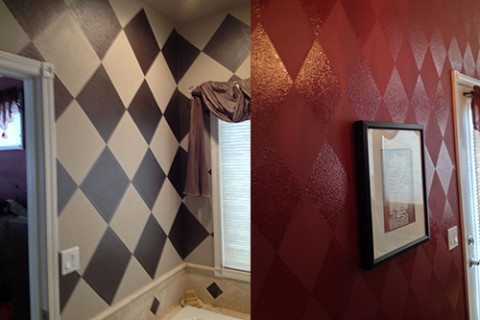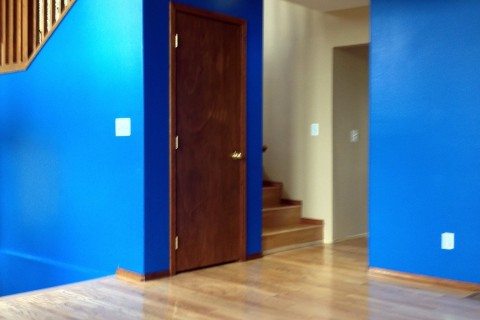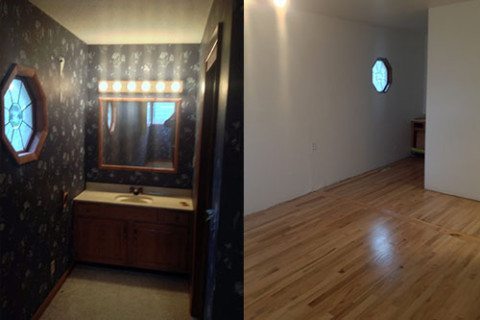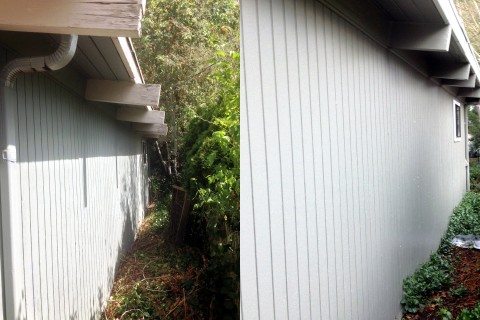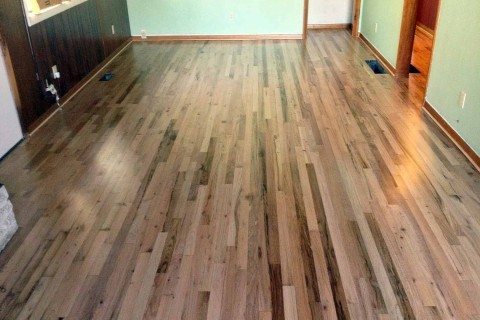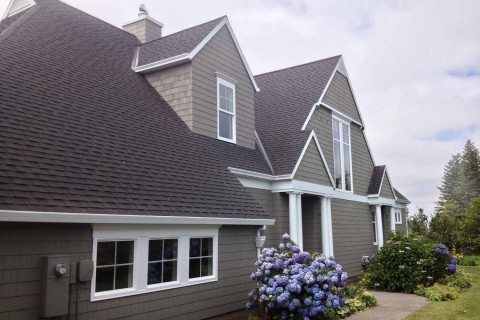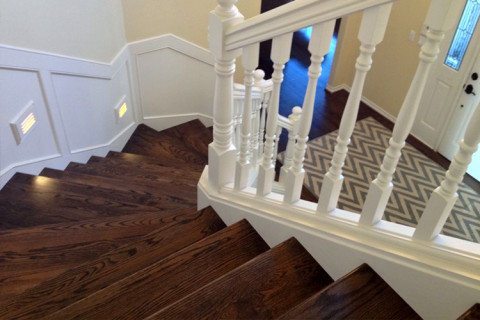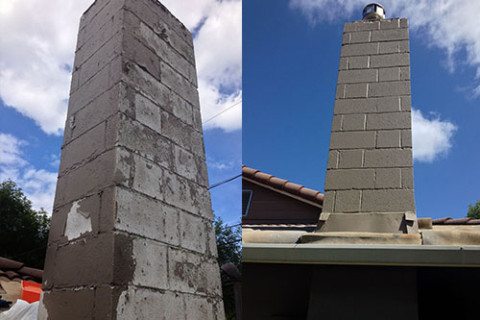QUESTION: The paint and primer (both water-based) have been peeling from my deck which is exposed to much heat, sun, and rain. After scraping all remaining paint and replacing rotten boards, I am ready to repaint. Is it better to use an oil-based primer than a water-based primer? If I use an oil-based primer, must I also use an oil-based paint, or can I use a water-based paint? Can you offer any advice to prevent the new paint from peeling?
ANSWER: First, let me say that painting a deck or using a solid-color stain on a deck is usually a decision best saved for last resort, (like when you’re trying to do a quick fix to sell the home, or if it isn’t realistic to strip). No paint or solid stain is going to last very long. The amount of time it DOES last will depend upon the condition of the deck, adequate ventilation below the decking, the condition of the pre-existing finish, the level of preparation you do, the products you choose, and your ability to apply it per manufacturer’s recommendations, (proper thickness, not in direct sun during application, acceptable humidity & temperature levels, and a moisture content of the wood below 10-12%).
Now, to address the peeling. Peeling happens for a few reasons. Without seeing pics, I can only give my best guess. If paint is peeling down to another level of paint where that lower level of paint is still in-tact, then the peeling is happening because of a lack of adhesion between the lower coat and the coats which have been applied over-top. This situation is usually caused from either an incompatibility between the 2 products or, more commonly, a lack of preparation, (insufficient sanding or cleaning). However, if the deck is peeling down to raw wood, it’s usually because the entire coating system is failing. This can happen when too many layers have been applied, a deteriorated 1st coat, and/or the sheer design of many deck products do not allow the substrate to breathe properly.
Oil-vs-latex: Oils are deeper penetrating and block tannin from bleeding through, (the brown oils in the wood). The disadvantage of oils is that they become brittle over time, so they’re more apt to cracking. Because the oils are so good at penetrating the wood fibers, they can seal up the wood so well that they prevent the wood from releasing moisture, which can lead to mildew problems. Latex allows for better breathing, is much more flexible, but doesn’t penetrate as deep. If you’re starting to get frustrated, you’re not alone. I’ve done hundreds and hundreds of decks and I can tell you that there is always a trade-off no matter which product you use.
Although I usually stay away from painting or solid stains on decks, I CAN say that the few that I’ve done in the last year were done with Superdeck Duckback. It was originally designed for a marine-grade coating which needed to withstand harsh elements and extreme fluctuations in temperature and moisture. It’s a water-based elastomeric coating, so it’s extremely flexible, but it breathes much better than the old elastomerics.
Feel free to follow-up with pics if you’d like any further advice or suggestions. I hope that I’ve covered nearly everything you’d want to know about what to do for best results. To sum it up briefly, make sure that you’ve done a thorough job sanding & cleaning the deck first, get the best products available in your area, (since the material cost is minimal in comparison to labor), follow directions on the can, and make sure the wood is good and dry. Spend an extra $40-$50 to invest in a moisture meter, (Protimeter), to make sure that you don’t end up doing all that work, only to find you painted over wet wood, which will lead to premature failure.
Good luck and happy painting!
Troy Stevens, Stelzer Painting Inc.

